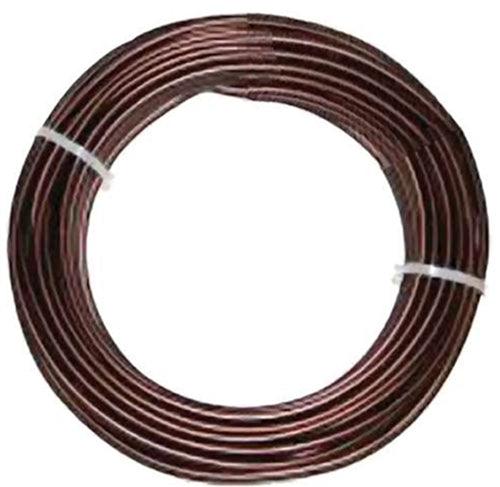Visit The Pacific Bonsai Museum

Sorry no caption this time. But you are welcome to explore the Pacific Bonsai Museum online to see what you can find. Or even better, you can visit in real time and space.
Brilliant Bougainvillea

This vividly brilliant Bougainvillea with it powerful woven trunk lives at Wigert's Nursery in Florida.
Wrap your mind around this

Here's a remarkably unusual tree for you to wrap your mind around while it wraps itself around a rock. It's a Trident maple (Acer buergerianum) at Ikigai Bonsai Berlin.
The yellowest of yellow

Talk about exciting color contrasts. I think it's the yellowest of yellow pot against the pure vermillion quince flowers that chinches it. Not to overlook the green moss and leaves too. Bill Valavanis took this shot at the 45th Gafu Ten Expo in 2020.
Alien Life Form

Alien Life Form? Or maybe just an unusual and intriguing little bonsai. Bill Valavanis took this shot at the 45th Gafu Ten Expo in 2020
Shimpaku

Isao Omachi has a thing for Shimpaku junipers. Maybe it's because they take so well to carving. And it doesn't hurt that juniper deadwood holds up so well over time.
Japanese white pine

Great base, strong taper and nice balanced open branching. An altogether excellent Japanese white pine, and it’s from a seedling no less! As you may know, most quality Japanese white pine bonsai have been grafted onto Black pine stock. But not this one. It was grown from seed and is, as you can see, quite impressive. It was just wired (in this photo) by Michael Hagedorn (Crataegus Bonsai.) It belongs to a client of Micheal’s.




